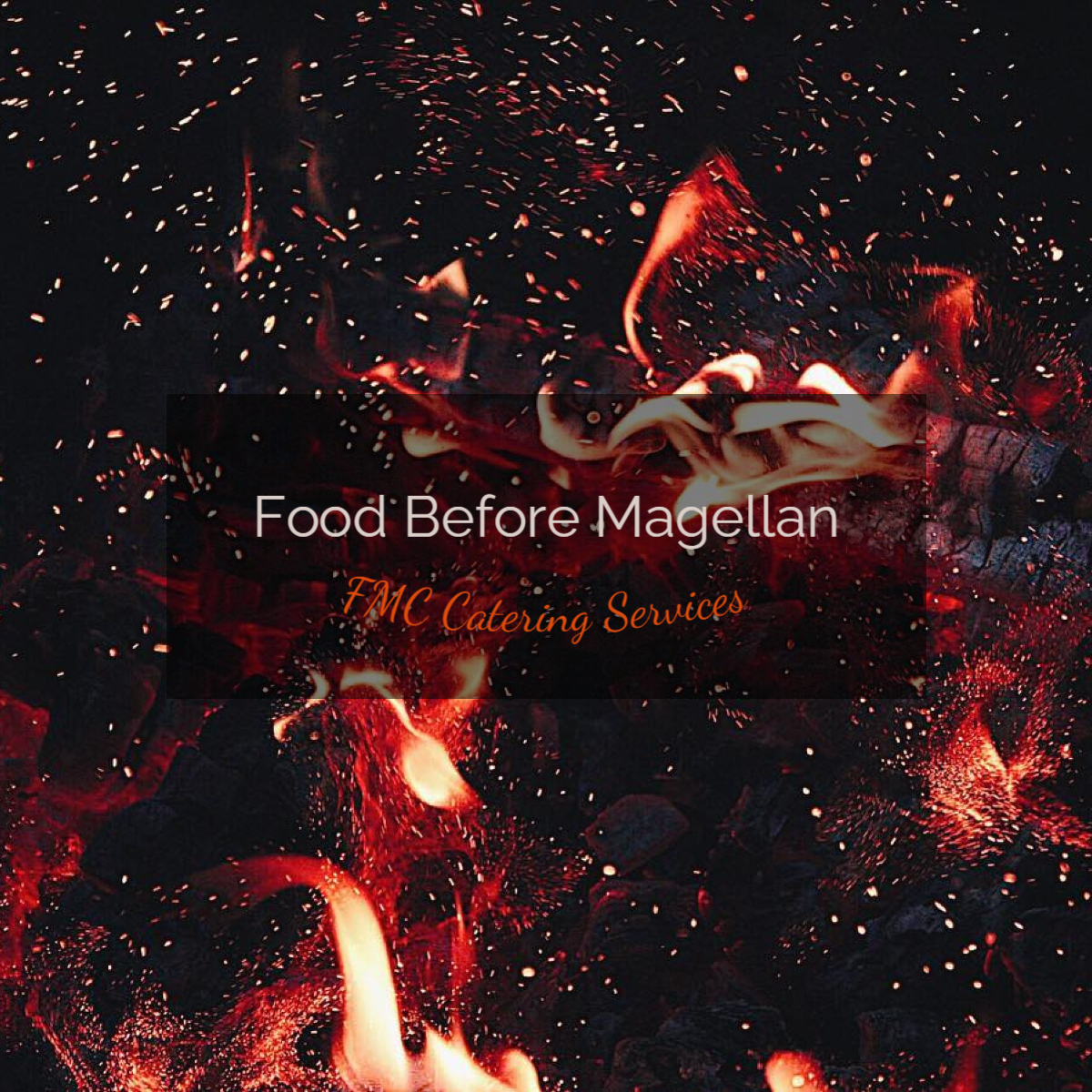Ferdinand Magellan, and later on, Lopez de Legazpi, arrived in the Philippines and colonized it five hundred years ago. While many people discuss the different events and changes that have occurred in the Spanish Colonization, people rarely discuss the changes in food. However, even though the discussion of food has taken a backseat in history, that does not mean it is unimportant as it points to a civilization’s ability to produce and trade.
Key takeaways:
- Before the Spanish invaded the Philippines, natives ate pig, wild boar, carabao, fish, deer, shrimp, and crab. They also had three cooking methods, which were sugba (roasting over lice coals), kilaw (eating raw meat with vinegar and spices), and tuwa/tinuwa (cooking with liquids).
- Surprisingly, a construction method used to make Spanish churches led to the creation of many Filipino delicacies. They strengthened churches by a binder called agramasa, using tree sap, lime, and many egg whites. This construction method led to Filipinos making foods like Leche flan, tortas, and yema.
- Nuns and friars’ cooks taught local assistants and students some stewing techniques that spread around the country. These teachings were how Spaniards popularized stews and baked goods like broas. Spain also brought stew ingredients to the Philippines like olive oil, tomatoes, chickpeas, and peppers.
Read the full article here: https://www.bworldonline.com/so-what-were-we-eating-before-magellan-came/.

